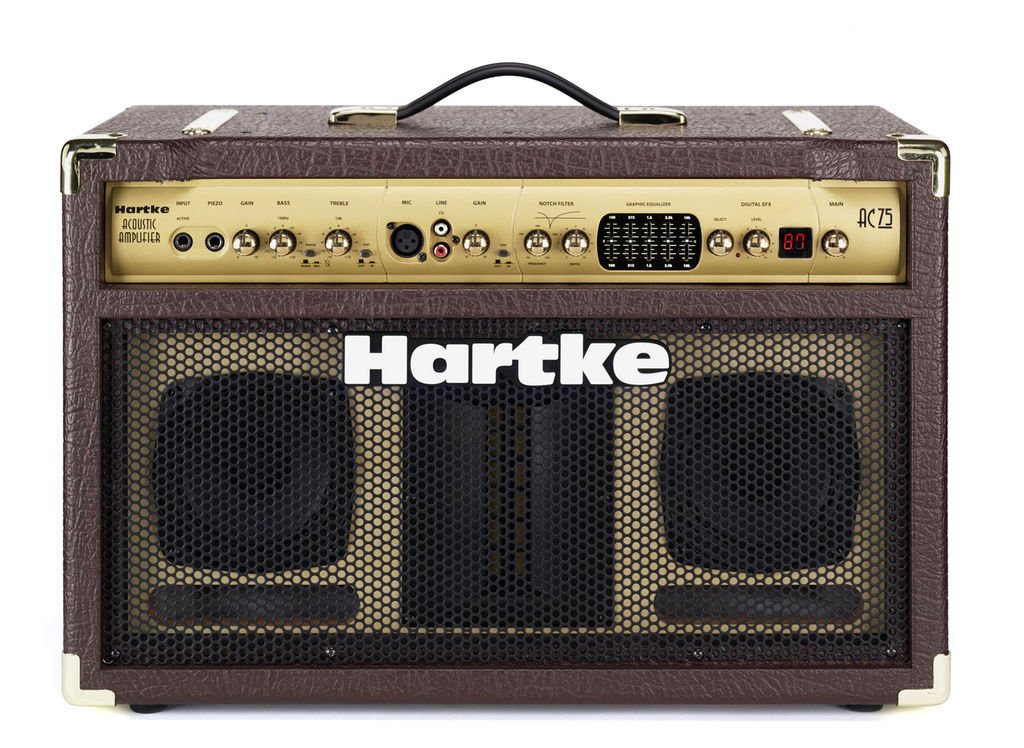Understanding Acoustic Amplification
Unlike electric guitar amps designed to color and distort sound, acoustic guitar amps prioritize transparency and full-range frequency reproduction. Their core purpose is to project an acoustic instrument’s natural resonance while minimizing feedback—a challenge given the high-gain amplification of sensitive piezo pickups. Key features include:
- FRFR (Full-Range, Flat Response) speakers for uncolored sound reproduction
- Feedback suppression circuits (e.g., DSP filters, vari-control) to combat howling at high volumes
- Dual-channel designs accommodating both instruments and microphones, essential for singer-songwriters
- DI outputs for seamless PA integration in live settings
Top Acoustic Amp Reviews By acoustic amp reviews
High-End Professional Models
Boss Acoustic Singer Live: Praised as the “best overall” amp by Guitar World, this 60W powerhouse includes vocal harmony processing, a built-in looper, and bi-amped speakers. Ideal for street performers and solo gigs, though its utilitarian design lacks visual flair.
AER Compact 60 MkIV: Revered by professionals like Tommy Emmanuel for its “superlative transparent performance” and birch-ply cabinet. The 8″ twin-cone speaker delivers 60W of pristine sound, with a “Colour” switch to brighten fingerstyle tones. Priced at a premium, it’s overkill for casual players.
Budget-Friendly Workhorses
Orange Crush Acoustic 30: A 30W battery-powered amp ideal for busking. Features two channels (guitar + mic), basic reverb/chorus, and Orange’s iconic styling. Lacks power for large venues but excels in portability.
Fender Acoustasonic 15: An entry-level 15W combo with surprising volume and a dedicated vocal XLR input. Notable for its simple 3-band EQ and onboard chorus, though the absence of reverb limits versatility.
Deep Dive: Acoustic A-Series Amplifiers
Acoustic A1000 Review
Specs: 100W stereo (2x50W), dual 8″ neodymium coaxial speakers, 20 preset/user FX programs, Bluetooth, and automatic feedback elimination.
Performance:
- Strengths: Exceptional low-end response for vocals and bass-heavy guitars, customizable DSP effects (reverb, chorus, flanger), and true stereo imaging. Users praise its “crisp highs” and “punchy” projection for small/medium venues.
- Weaknesses: Heavy, bulky design, and a critical flaw: effects don’t route to direct outputs. This forces miking for large-stage use, contradicting its “true stereo” claims.
User Verdict: Praised for versatility but criticized for build inconsistencies; some units experienced faulty buttons or speaker defects.
Acoustic A20 Review
Specs: 20W, 8″ speaker, dual XLR-1/4″ inputs, digital reverb/chorus, and vari-control feedback elimination.
Performance:
- Strengths: Affordable and ergonomic wedge shape. Handles low-end resonance well, making it ideal for dropped tunings. The anti-feedback system is effective even at close range.
- Weaknesses: “Inorganic” high-mid tones, “digital-sounding” effects, and a persistent “white noise” hiss through DI outputs. Users note it struggles with cheaper undersaddle pickups.
User Verdict: Highly recommended for home/studio use, though professionals may find it underpowered.
Table: A1000 vs. A20 Key Comparison
| Feature | A1000 | A20 |
|---|---|---|
| Power | 100W stereo | 20W |
| Channels | 2 (combo XLR/jack each) | 2 (combo XLR/jack) |
| Effects | 40 programs (reverb, chorus, delay, flanger) | Basic reverb/chorus |
| Portability | Bulky | Wedge-shaped |
| Best For | Medium gigs, multi-instrument | Home/practice, busking |
Acoustic Bass Amp Solutions
While dedicated acoustic bass amp reviews are scarce, bassists can adapt:
- FRFR Systems: Fishman Loudbox Mini Charge or Phil Jones BG series offer full-frequency clarity for upright or piezo-equipped basses.
- Bass Combos: Use amps with tweeters/horns (e.g., Fender Rumble 500) to reproduce string nuances. A high-pass filter (HPF) pedal reduces mud.
- Preamp Pedals: Radial Bassbone or Fishman Platinum Pro EQ optimize piezo signals before amplification.
Historical Context: Acoustic Brand Evolution
Modern Acoustic amps (A20, A1000) share only a name with vintage 1970s icons like the 360/361. Original units used folded-horn 18″ cabinets for thunderous low-end—a tone largely defined by the cab design. Today’s models focus on affordability and digital features, with mixed build quality.
Key Buying Considerations
- Power Needs: 15–30W for home/busking; 60W+ for gigs.
- Tonal Priorities: Seek “Color” switches (AER) or Brilliance controls (Blackstar Sonnet 120) for tonal shaping.
- Feedback Risks: Prioritize amps with sweepable mids (A1000) or notch filters (Boss) for loud stages.
- Portability: Battery-powered options (Fishman Loudbox Mini Charge) suit mobile performers.
Final Recommendations
- Gigging Musicians: Boss Acoustic Singer Live or AER Compact 60 for features/clarity.
- Budget Buyers: Acoustic A20 for practice; Orange Crush 30 for busking.
- Acoustic Bassists: Fishman Loudbox Mini Charge or a bass combo + HPF pedal.

